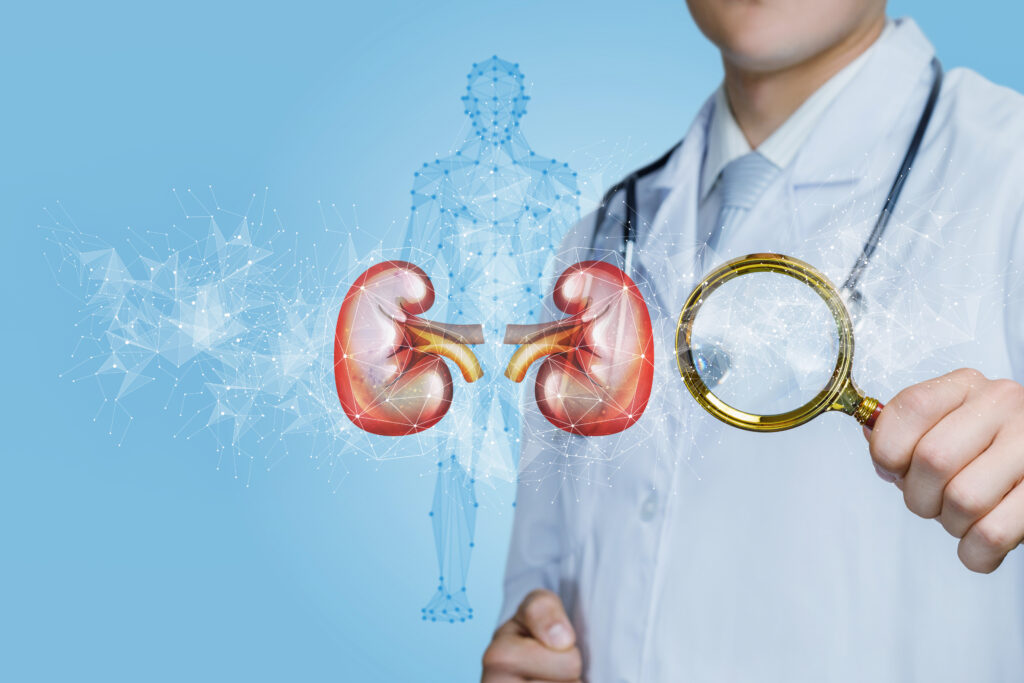Minimal Change Disease is a kidney disorder that mostly affects children, but adults can get it too. In this condition, the kidneys do not work as they should. Because of this, the body loses too much protein in the urine. Minimal Change Disease is important in nephrology, which is the study of kidney health. Although it can be serious, most people recover well with treatment.
What is Minimal Change Disease?
Minimal Change Disease is a type of kidney disease. It gets its name because the kidney looks almost normal under a regular microscope. However, special tests show tiny changes in the kidney’s filters. These filters are called glomeruli. The disease is the most common cause of a group of symptoms known as nephrotic syndrome in children. Still, adults can also be affected, though it is less common in them.
Symptoms of Minimal Change Disease
People with Minimal Change Disease often have signs of nephrotic syndrome. Common symptoms include:
Causes and Risk Factors
Doctors do not always know what causes Minimal Change Disease. However, some possible causes and risk factors include:
Although anyone can get this disease, it is most common in children between ages 2 and 6.
Diagnosis
Doctors use several steps to diagnose Minimal Change Disease. First, they ask about symptoms and do a physical exam. Next, they check the urine for protein. Blood tests help show how well the kidneys are working. Sometimes, doctors may suggest a kidney biopsy. This test uses a small piece of kidney tissue to look for tiny changes under a special microscope. However, in many children, a biopsy is not needed because the symptoms are clear.
Treatment Options
Treatment for Minimal Change Disease usually works well. The main treatment is steroid medicine, such as prednisone. These medicines help stop the loss of protein in the urine. Most children and adults respond quickly. Other treatments may include:
Doctors will watch for side effects and adjust treatment as needed.
Living with Minimal Change Disease
With the right care, most people can live normal lives. Here are some tips for patients and families:
Because relapses can happen, regular check-ups are important.
Prevention and Outlook
There is no sure way to prevent Minimal Change Disease. However, early treatment helps most people recover fully. Children often outgrow the disease, but some may have relapses. Adults may need longer treatment. With good care, kidney function usually returns to normal. Long-term problems are rare, but regular follow-up is key.
Reliable Sources and Further Reading
Conclusion and Call-to-Action
Minimal Change Disease can be scary, but most people recover well with treatment. If you or your child has symptoms like swelling or foamy urine, consult a nephrologist for personalized guidance. Early care makes a big difference.

